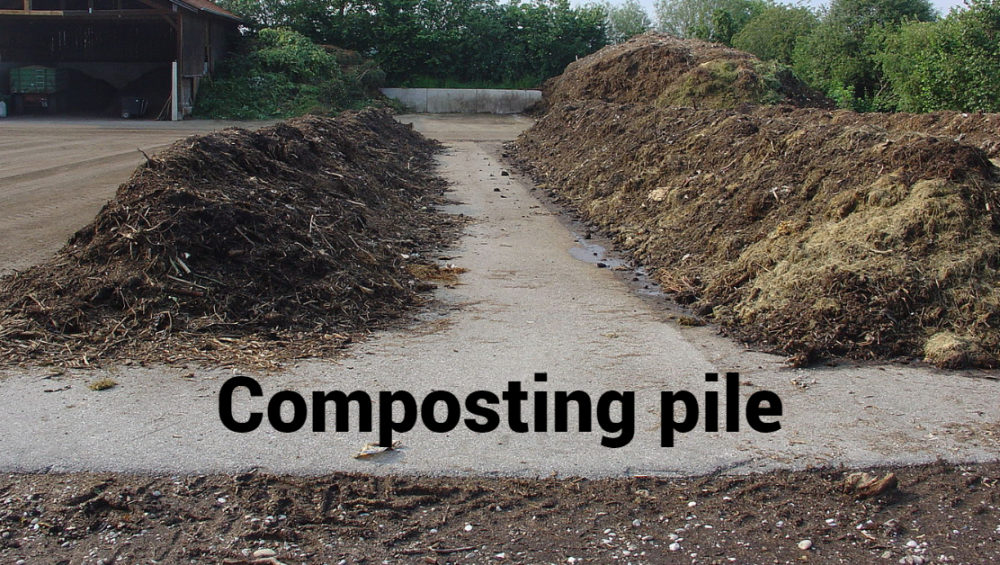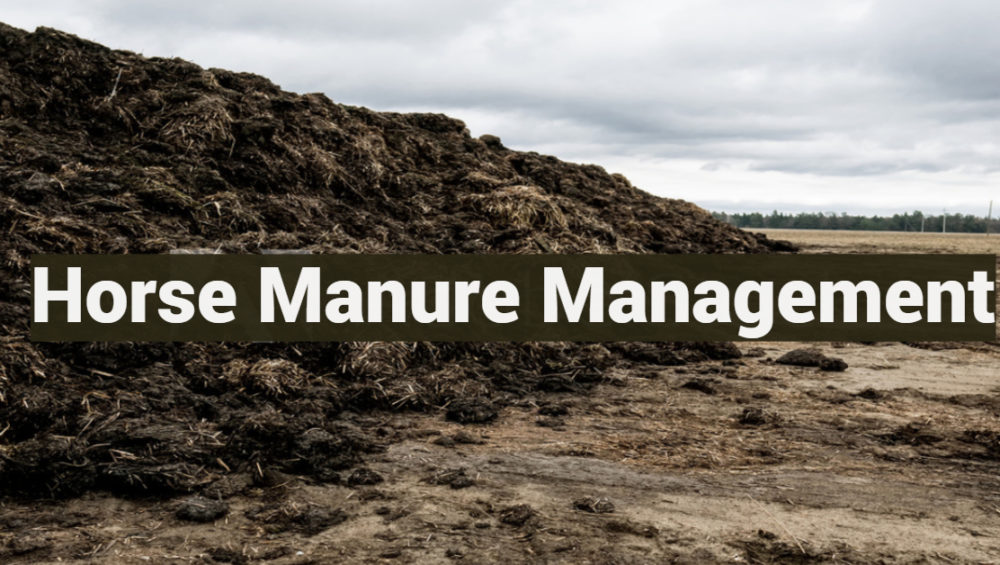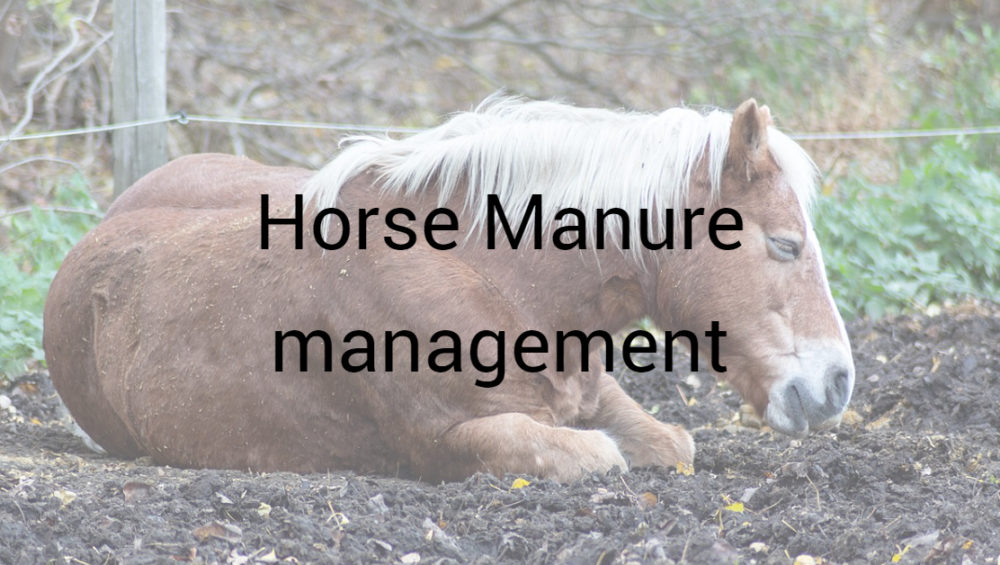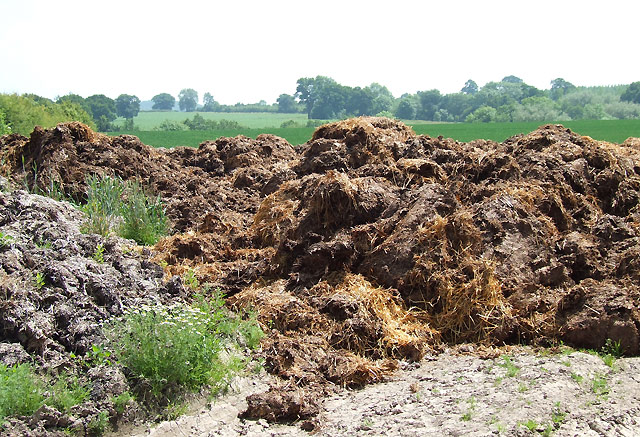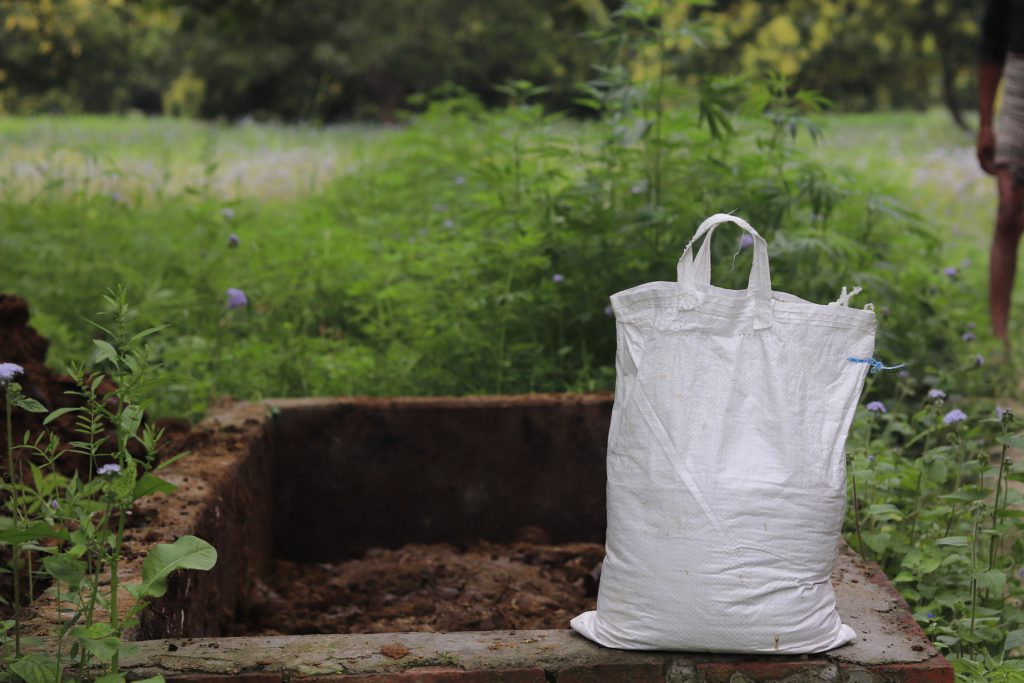Compost is basically a biological process that converts organic matter into fine particle humus. It involves a series of decomposition of microorganisms, digesting of organic matters. In this case, the organic matter is Horse Manure, Feeds and Beddings.
Composting helps minimize the waste-maximise microbial activity, thus balancing the farm ecosystem, tending hygiene and ensuring horses’ health.
On an average, every horse produces 30 lbs of feces and 2.5 gal. of urine along with spoiled bedding of about 10-12 lb is disposed every day. All up together, this accounts almost 50-65 lbs/day.
The crisis of waste management starts with 5 important reasons that depicts the need for proper management of manure, popularly known as Horse Manure Management.
The main aim of Horse Manure Management is to keep each and every aspect of manure in check.
Originally, Horse Manure varies from horse to horse, feeds provided and type of bedding used, and is best if sorted early when manure produced is measured on weekly routine.
These manures are the valuable and un-utilised resource that mobilise large amount of soil amendment and plant nourishing fertilizers.
Composting is one such method deployed in Horse Manure Management, and is feasible-affordable for every barn/farm owner.
Composting enriches gardens, pastures by improving soil texture, aeration and water retention. Also, compost mix helps increase soil fertility, control erosion and balance pH.
However, key features need to be ensured for proper composting and a good final product.
Temperature
Temperature is one of the most important indicator of how well your composting is taking place. The temperature is a fluctual result of airflow in and out of the manure pile. If the airflow is at optimal level, higher the temperature, greater the heat generated.
Try flipping your pile upside down, to distribute heat evenly throughout the massive pile. An even distribution of hot air will help suppress pathogens, fly larvae and weed seed/egg and accelerate the speed of decomposition.
Although, a vigilant temperature needs to be maintained in order to carry out decomposition steady and swift.
More generally, a lower temperature range of 50-110oF is required at initial stages of decomposition, later 110-160oF to break down organic matter, kill weeds, pathogens and increase microbial activity as they are hyper-thermal activists. Over a period of weeks or month, the temperature gradually drops to ambient temperature for the decomposition to settle down.
Either way, overheating immobilises many beneficial organisms or falling behind will hinder decomposition rate.
Lower the surrounding temperature; lower will be the composting rate. At the times of Winter, it takes 3-6 month for a normal compost to happen while it only takes 1-2 months for a pile to turn compost during Summer.
Note: Always keep piles upto 3-4 feets high and square base of 5-7 feets for building up a necessary temperature pressure within it. Get a Compost thermometer at local stores to get exact compost temperature every few days.
Moisture content
Moisture Management is necessarily a priority task while composting. An apt moisture will bring a perfect compost mix else it leads to odor, slow decomposition, and hard to achieve high temperature.
Either, the lack of moisture will cause composting organisms to dry out and prevent pile heat up.
There are severe ways to make sure that your pile is having sufficient moisture or not.
One, you can manually check by squeezing the pile of innermost layers and see through it. If it is damp enough to hold moisture or too wet that it dries out after squeezing leaving behind dry lump. Then make a precautionary moist supply.
Two, cover your pile using a tarp sheet to prevent it from getting excessively wet in the rainy season or too dry in hot days of summer. This will also help limit flies, weeds and sweeping nutrients off the pile.
Three, frequent watering will help balance water hold, as it evaporates due to heat and airflow. Try turning the pile either side to provide a significant amount of water to it.
Also, you may select the right location for your pile build, making it more convenient for clean-carry out-use. A right place, which is high enough to drain excess water or pour additional water when required, thus moisture maintained.
Pile composition
Often the compost quality depends upon Pile Composition. Pile material provides essential nutrients, and vital decomposing proportion for compost, it renders ‘Carbon for Energy and Nitrogen for Growth’. The microorganisms that are turned into compost are fueled by Carbon and Nitrogen.
Nitrogen is mainly found in manure and Carbon is found in bedding material, their proper proportion ensures successful composting. An ideal C:N proportion is estimated between 25:1 to 30:1, where carbon is in larger numbers.
More precisely, Carbon is primarily released by carbon-rich material like straw, wood chips, shavings, sawdust and leaves while animal-byproducts like manure and feeds are rich in Nitrogen.
Avoid using more bedding into pile build-up, more the bedding (carbon); longer the time for compost completion. Alternatively, if you’re using Coco bedding for your horse, you can reduce carbon pile up in your compost and reduce decompose after effects.
Note: Compost is combustible, keep the compost pile away from housing, avoid smoking near the compost pile.
A finished compost will reduce to half its original size, smells good and be like a rich soil.

